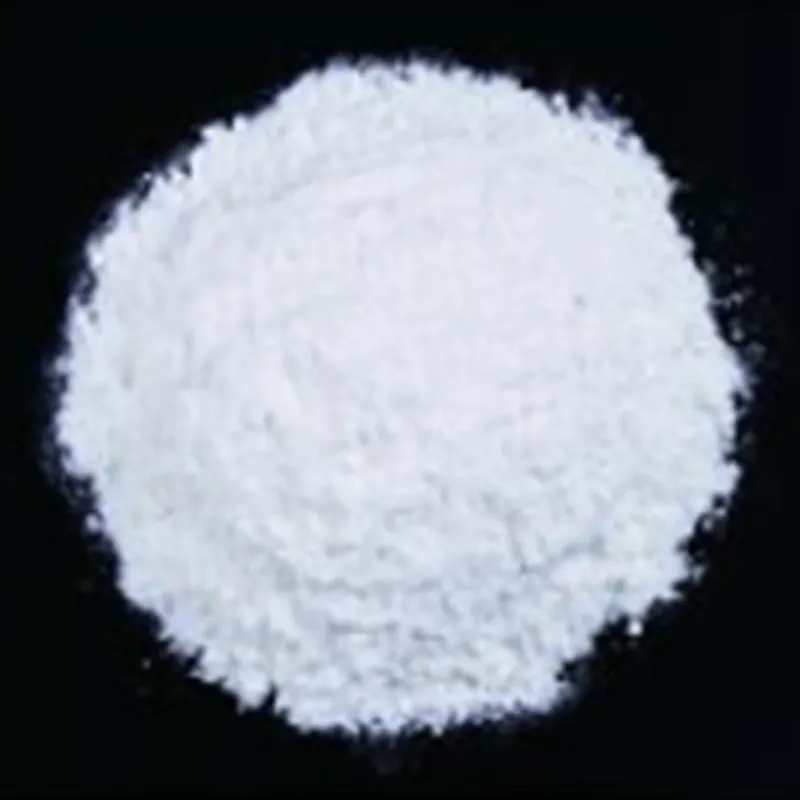
Granular Urea Fertilizer with 46% Nitrogen for Optimal Plant Growth and Health
Understanding Urea Fertilizer 46-0-0 Granular Form
Urea fertilizer, scientifically represented as CO(NH2)2, is one of the most widely used nitrogen fertilizers in agriculture today. With a nitrogen content of 46%, the formulation commonly denoted as 46-0-0 refers to its high concentration of nitrogen, with zero phosphorus (P) and zero potassium (K) content. This granular form has become a staple for farmers and gardeners alike due to its efficiency and effectiveness in promoting robust plant growth.
Composition and Benefits
Urea's primary contribution to plant nutrition is its nitrogen content, which is vital for various physiological processes. Nitrogen is a critical component of amino acids, the building blocks of proteins, and plays a significant role in photosynthesis, cell division, and the overall metabolic functions of plants. Using a urea fertilizer, particularly in its granular form, allows for a steady release of nitrogen into the soil, which can be quickly absorbed by plant roots.
One of the key benefits of using urea is its versatility. It can be applied across a wide range of crops, from cereals to fruits and vegetables. Granular urea is particularly favored because it is easy to handle and can be spread uniformly across fields or gardens. This uniform distribution ensures that plants receive consistent nutrition, which is crucial for maximizing yields.
Application Techniques
When applying urea fertilizer, it is important to use effective techniques to prevent nitrogen loss. Urea can undergo rapid conversion into ammonia gas if applied to the soil surface without incorporation, especially in warm conditions. Therefore, methods such as banding, broadcasting followed by tillage, or incorporating it into irrigation systems can help mitigate this issue.
urea fertilizer 46 0 0 granular

The timing of urea application also plays a vital role in its effectiveness. Ideally, it should be applied during the growing season when plants are actively taking up nutrients. Split applications throughout the growing season can ensure a continuous supply of nitrogen, which can lead to improved plant health and enhanced crop yields.
Environmental Considerations
While urea fertilizer plays an essential role in agriculture, it is crucial to consider its environmental impact. Over-application can lead to runoff and leaching into waterways, contributing to environmental issues such as eutrophication. To minimize these risks, farmers should adhere to recommended application rates and timings based on soil tests and crop needs.
Moreover, adopting precision agriculture techniques can enhance the efficacy of urea usage. Using soil sensors and crop monitoring tools helps farmers apply the right amount of fertilizer at the right time, thereby reducing waste and minimizing the ecological footprint of their farming practices.
Conclusion
Urea fertilizer 46-0-0 in its granular form is an invaluable resource in modern agriculture, providing a concentrated source of nitrogen that supports healthy plant growth. By understanding its benefits, application techniques, and environmental considerations, farmers and gardeners can utilize this powerful fertilizer more efficiently. As the global demand for food continues to rise, the responsible use of fertilizers like urea will be critical in achieving sustainable agricultural practices and securing food production for future generations.
In summary, when managed properly, urea fertilizer not only enhances plant growth but also contributes to the overall productivity of agricultural systems, making it an essential tool for those involved in food production. Being mindful of application practices and environmental aspects ensures that we can reap the benefits of urea while preserving the health of our ecosystems.
-
The Safety Challenges of Ammonium Nitrate FertilizerNewsJun.26,2025
-
The Critical Role of Mining ChemicalsNewsJun.26,2025
-
Shelf Life of Glacial Acetic Acid Food GradeNewsJun.26,2025
-
Enhancing PVC Longevity with 1,2,3-Benzotriazole InnovationsNewsJun.26,2025
-
China’s Dominance in Food Additive ProductionNewsJun.26,2025
-
Can Aluminum Hydroxide Replace More Toxic Alternatives?NewsJun.26,2025
-
PE and PP Plastics with Benzotriazole AdditivesNewsJun.12,2025
Hebei Tenger Chemical Technology Co., Ltd. focuses on the chemical industry and is committed to the export service of chemical raw materials.
-

view more DiethanolisopropanolamineIn the ever-growing field of chemical solutions, diethanolisopropanolamine (DEIPA) stands out as a versatile and important compound. Due to its unique chemical structure and properties, DEIPA is of interest to various industries including construction, personal care, and agriculture. -

view more TriisopropanolamineTriisopropanolamine (TIPA) alkanol amine substance, is a kind of alcohol amine compound with amino and alcohol hydroxyl, and because of its molecules contains both amino and hydroxyl. -

view more Tetramethyl Thiuram DisulfideTetramethyl thiuram disulfide, also known as TMTD, is a white to light-yellow powder with a distinct sulfur-like odor. It is soluble in organic solvents such as benzene, acetone, and ethyl acetate, making it highly versatile for use in different formulations. TMTD is known for its excellent vulcanization acceleration properties, which makes it a key ingredient in the production of rubber products. Additionally, it acts as an effective fungicide and bactericide, making it valuable in agricultural applications. Its high purity and stability ensure consistent performance, making it a preferred choice for manufacturers across various industries.











